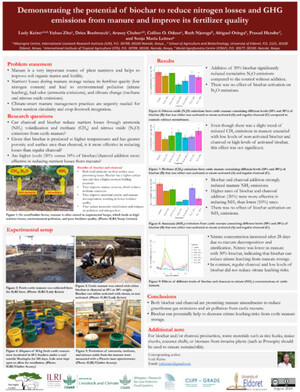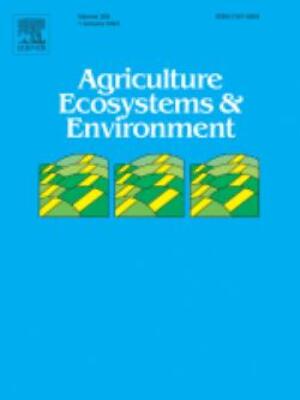
Enteric methane emission estimates for Kenyan cattle in a nighttime enclosure using a backward Lagrangian Stochastic dispersion technique
Abstract
This study provides methane (CH4) emission estimates for mature female African beef cattle in a semi-arid region in Southern Kenya using open-path laser spectroscopy together with a backward Lagrangian Stochastic (bLS) dispersion modeling technique. We deployed two open-path lasers to determine 10-min averages of line-integrated CH 4 measurements upwind and downwind of fenced enclosures (so-called bomas: a location where the cattle are gathered at night) during 14 nights in September/October 2019. The measurements were filtered for wind direction deviations and friction velocity before the model was applied. We compared the obtained emission factors (EFs) with the Intergovernmental Panel on Climate Change (IPCC) Tier 1 estimates for the Sub-Saharan African (SSA) countries, which were mostly derived from studies carried out in developed countries and adapted to the conditions in Africa. The resulting EF of 75.4 ± 15.99 kg year −1 and the EFs calculated from other studies carried out in Africa indicate the need for the further development of region-specific EFs depending on animal breed, livestock systems, feed quantity, and composition to improve the IPCC Tier 1 estimates.
Citation
Wolz, Kevin; Leitner, Sonja; Merbold, Lutz; Wolf, Benjamin; Mauder, Matthias. 2022. Enteric methane emission estimates for Kenyan cattle in a nighttime enclosure using a backward Lagrangian Stochastic dispersion technique. Theoretical and Applied Climatology 147: 1091-1103









